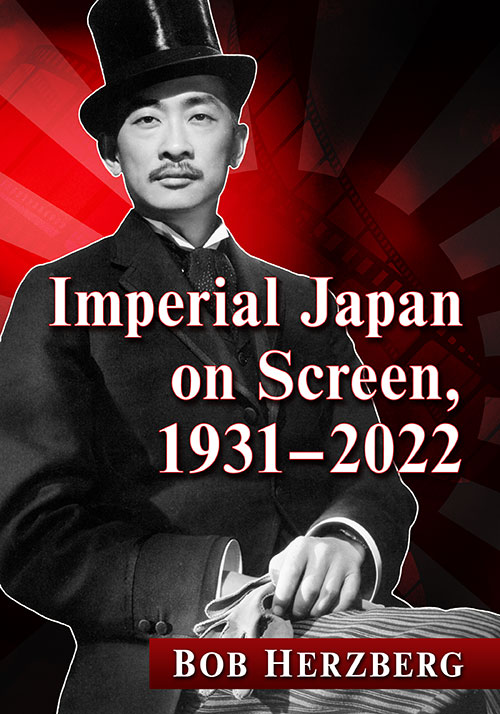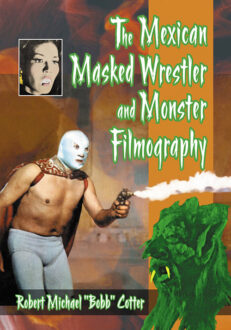Imperial Japan on Screen, 1931–2022
Original price was: $49.95.$24.99Current price is: $24.99.
In stock
About the Book
This book deals with film depictions of Imperial Japan from the time it was a totalitarian power to the productions of recent years. It especially covers wartime depictions, as well as the historical events that inspire the stories behind these productions. In the 1930s, Hollywood gave us the likeable Mr. Moto at the same time Japan was set on its expansionist course. When war broke out, both the Allies and the Axis produced propaganda films that increased hatred for the enemy. In the postwar years as the Cold War took hold, the U.S. government encouraged friendship with their former wartime enemy. This book details correspondence between studio personnel and the Production Code office, as well as the critiques of film reviewers, historians and military figures from both sides of the conflict. Also examined are behind-the-scenes machinations from both the Japanese and American governments in the censorship of controversial film content.
About the Author(s)
Bibliographic Details
Bob Herzberg
Format: softcover (7 x 10)
Pages: 212
Bibliographic Info: 42 photos, notes, bibliography, index
Copyright Date: 2023
pISBN: 978-1-4766-8987-6
eISBN: 978-1-4766-4972-6
Imprint: McFarland
Table of Contents
Acknowledgments vi
Jobun (Preface) 1
1. Hirogari (Expansion): 1931–1941 5
2. Senso (War): 1942–1943 17
3. Kyoufu (Terror): 1944–1945 44
4. Heiwa (Peace): 1946–1953 67
5. Kaibutsu (Monster): 1954–1960 101
6. Rekishi (History): 1961–1980 127
7. Kioku (Memory): 1981–2022 182
Chapter Notes 195
Bibliography 199
Index 201





